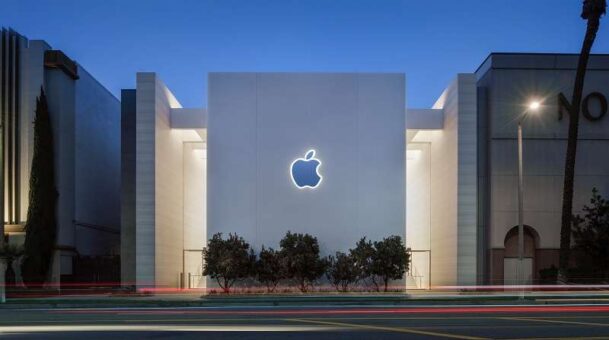Apple’s iOS 26, launched last month, introduced a major redesign with the new Liquid Glass UI, bringing a fresh yet polarizing visual experience.
While many praised its sleek, modern look, others felt it resembled the aesthetic of Windows Vista — overly shiny and at times, distracting. One of the biggest complaints has been the excessive transparency throughout the interface, which some users claim affects overall usability.
Since the initial iOS 26 beta, Apple has already reduced transparency levels, making the final version slightly easier on the eyes. However, for those who still find it too much, the company has now added a new feature in the upcoming iOS 26.1 update that gives users direct control over the transparency level.
According to reports, the latest iOS 26.1 beta introduces a simple toggle that allows users to adjust the intensity of the Liquid Glass effect. While it’s not a customizable slider, users can choose between two modes — “Clear” (the default transparent look) and “Tinted”, which increases opacity and adds more contrast. This should be a welcome improvement for users seeking a more readable and less visually distracting interface.
To access the feature, beta users can navigate to Settings > Display and Brightness, where the new toggle is located. The option is available across iOS, iPadOS, and even macOS Tahoe 26.1 betas, ensuring a consistent visual experience across Apple’s ecosystem.
The update is currently available for beta testers, and Apple is expected to finalize the iOS 26.1 release soon. Once officially rolled out, all users will be able to enjoy the improved flexibility of the Liquid Glass design without sacrificing clarity or usability.
With iOS 26.1, Apple seems to be responding to user feedback swiftly — balancing modern design innovation with practical user comfort, a move that could win back fans skeptical of the Liquid Glass overhaul.
